Jewish Defense Organizations: The Palmach
(May 19, 1941)
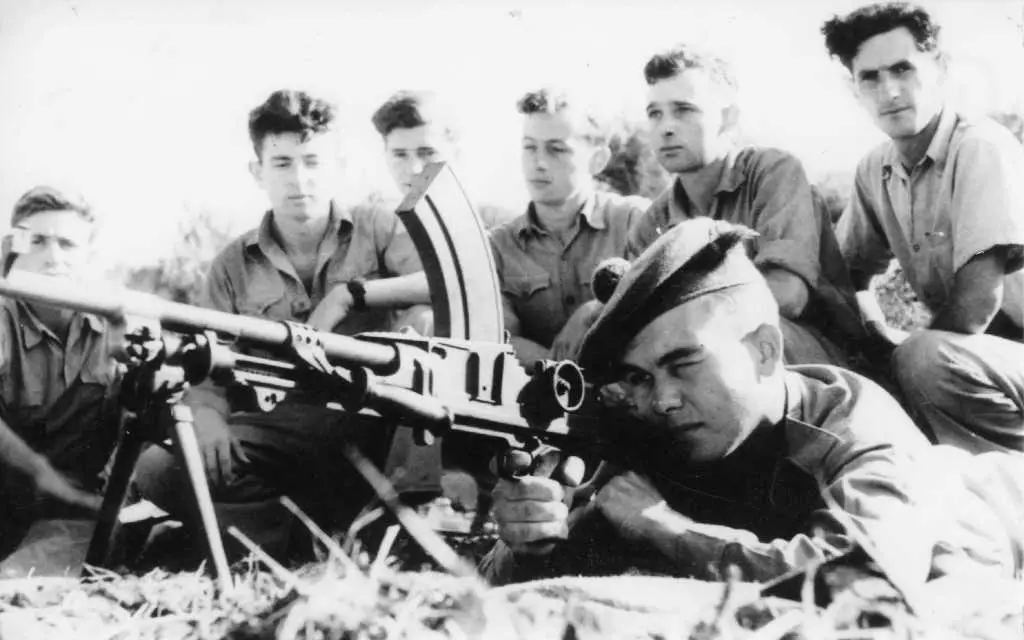
Small arms training of B Company
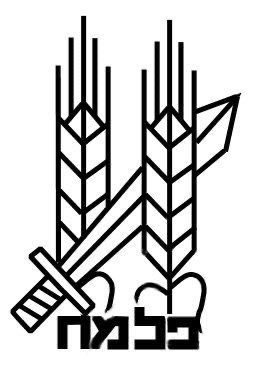 |
The Palmach, an acronym for “Pelugot Hamahatz,” meaning striking force, was established as part of the Haganah on May 19, 1941, due to fears of a German invasion of Palestine. The force originally consisted of nine assault companies with more than 2,000 men and women: three in the northern Galilee, two in central Galilee, two in southern Galilee, and one in Jerusalem. Like the kibbutz movement, the Palmach promoted the values of mutual responsibility, assistance, sacrifice and contribution to the greater good. In fact, Palmach bases were situated on kibbutzim, so members of the Palmach were responsible for their agricultural tasks as well as their military training exercises. This social framework created by the Palmach was considered to be the core of the Sabra, or native born Israeli.
The Palmach launched pre-emptive strikes into Syrian and Lebanese territory, frequently sending members fluent in Arabic in Arab dress into Syria and Lebanon to sabotage and scout targets. When the British ordered the dismantling of the Palmach after the Allied victory at the second battle of El Alamein in 1942, the organization went underground.
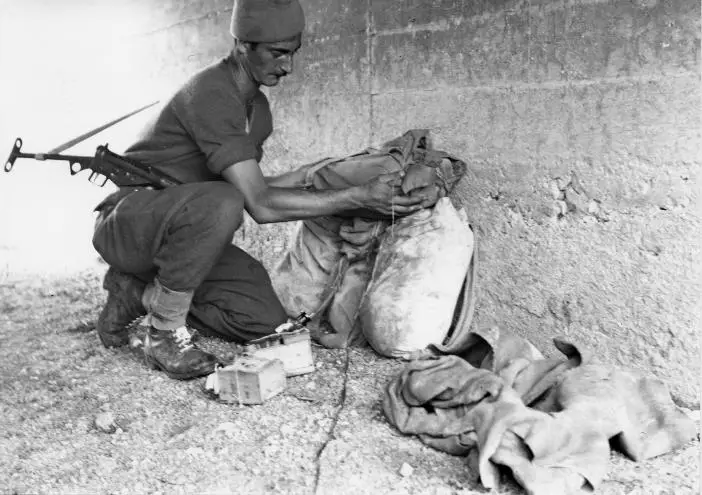 Palmach sapper preparing explosives under bridge in Wadi Serer (1948) |
For seven months after the assassination of Lord Moyne, members of the Palmach under the command of Shimon Avidan were involved in the “Hunting Season,” in which they cooperated with the British in an attempt to crush the Irgun (Etzel) and Stern Gang (Lehi). Later, however, David Ben-Gurion decided on October 1, 1945, the Jewish fighting forces should unite against the British in what became the Jewish Resistance Movement. On October 10, 1945, the first operation, a raid on the Atlit internment camp that freed 208 “illegal” immigrants held there, was carried out under the leadership of Yitzhak Rabin In November 1945, the movement launching a major attack on railroads across the country and sank several British ships. In the following months, the Movement carried out attacks upon British police posts, coast guard stations, radar installations and air-fields. In June 1946, the Palmach blew up ten of the eleven bridges connecting Palestine to its neighbouring countries.
The British authorities reacted to this attack on June 29, 1946 (“Black Saturday”), by arresting the members of the Jewish Agency Executive.
The Jewish Agency subsequently ordered a halt in the armed operations against the British, but the Irgun and Stern Gang refused to comply. After the Irgun blew up the central government offices at the King David Hotel in Jerusalem in July 1946, the Jewish Resistance Movement ceased to exist.
Prior to the Arab invasion on May 14, 1948, the Palmach engaged in a number of operations, some offensive and others defensive. On January 15, 1948, 35 Haganah members, including 18 from the Palmach were assigned to resupply Gush Etzion, but were spotted and trapped in a fight that resulted in all of the men being killed and their bodies mutilated. In April the Palmach initiated Operation Nachshon to open the road to Jerusalem and, on April 30, the Palmach launched Operation Yiftach to capture the strategically important town of Safed in the Galilee.
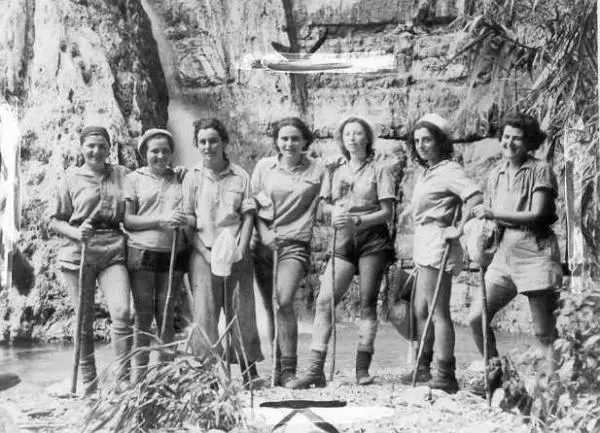 |
The Palmach grew to 12 companies. It played a central role during the War of Independence, the height of Palmach activity. Of the 12 Haganah brigades, three were Palmach brigades, considered the “tip of the spear” during the war.
The Palmach’s last operation as an independent unit was against the Irgun in the Altalena Affair. On June 22, 1948, Ben-Gurion ordered the Palmach to prevent the Irgun from unloading arms from the ship, which Ben-Gurion feared might be used against the new state. In the subsequent battle, the ship was sunk.
The Palmach was disbanded under Ben Gurion’s order on November 7, 1948. It was integrated into the Israel Defense Forces and reorganized into three brigades—the Negev Brigade, the Yiftach Brigade, and the Harel Brigade. The Negev and Yiftah Brigades fought in the Negev against the Egyptian army The Yiftah Brigade was later transferred to the north. The Harel Brigade was centered on Jerusalem.
Palmach leaders included Yigal Allon, Moshe Dayan, Yitzhak Rabin, Haim Bar-Lev, Uzi Narkiss and Ezer Weizman.
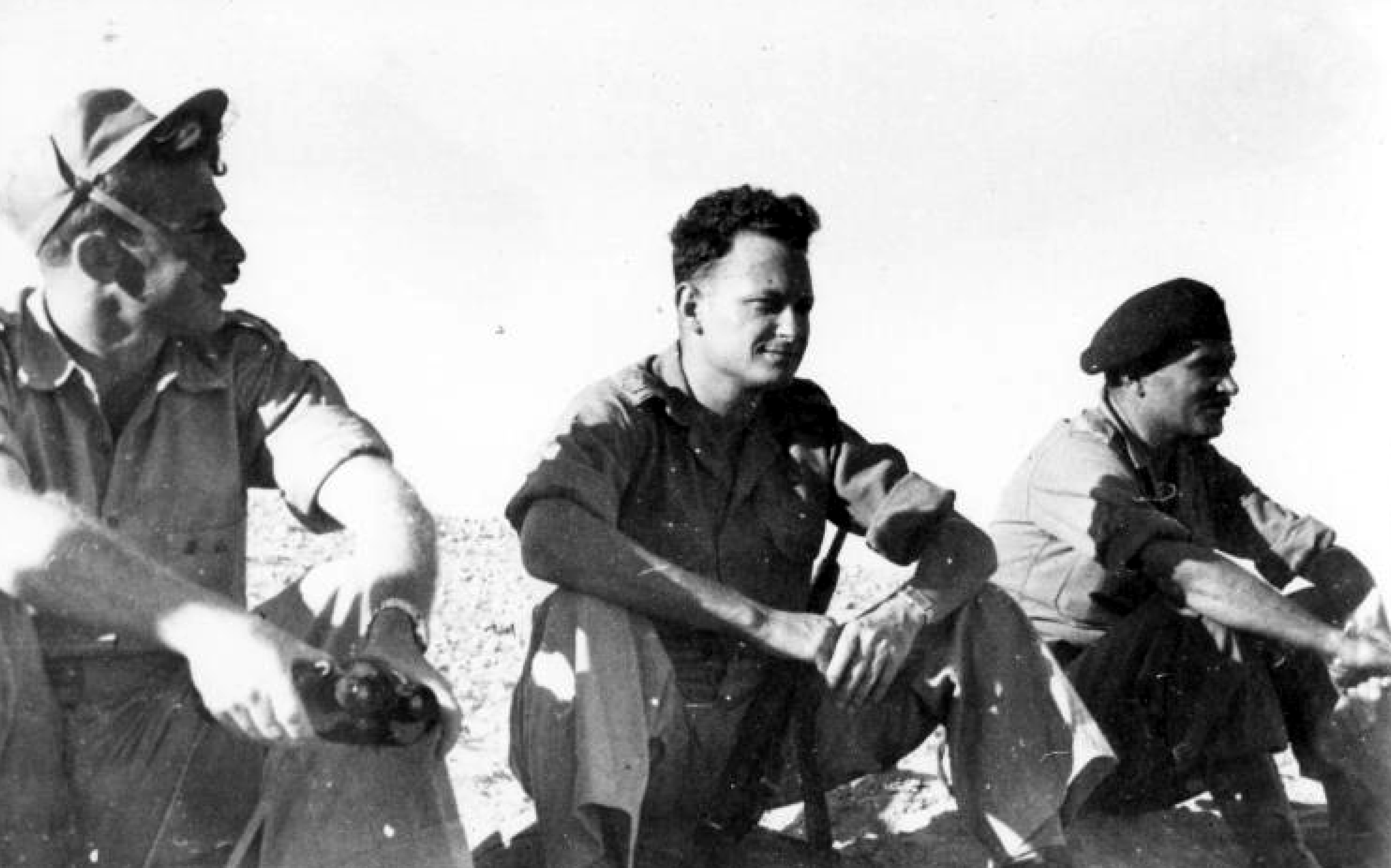
Yigal Allon, Commander of Southern Front, watches the bombardment of Iraq Suwaydan (November 9 1948)
Sources: The Pedagogic Center, The Department for Jewish Zionist Education, The Jewish Agency for Israel, (c) 1997, 1998, 1999, 2000, Director: Dr. Motti Friedman, Webmaster: Esther Carciente
“Palmach,” Wikipedia.
Photos: Training - Public domain via Wikimedia Commons.
Logo - Beksortmint, CC BY-SA 4.0 via Wikimedia Commons.
Sapper - Avraham Ashkenazi, Public domain via Wikimedia Commons.
Palmach women - Hashomer Hatzair Archives Yad Yaari, CC BY 2.5 via Wikimedia Commons.
Allon - Public domain via Wikimedia Commons.


